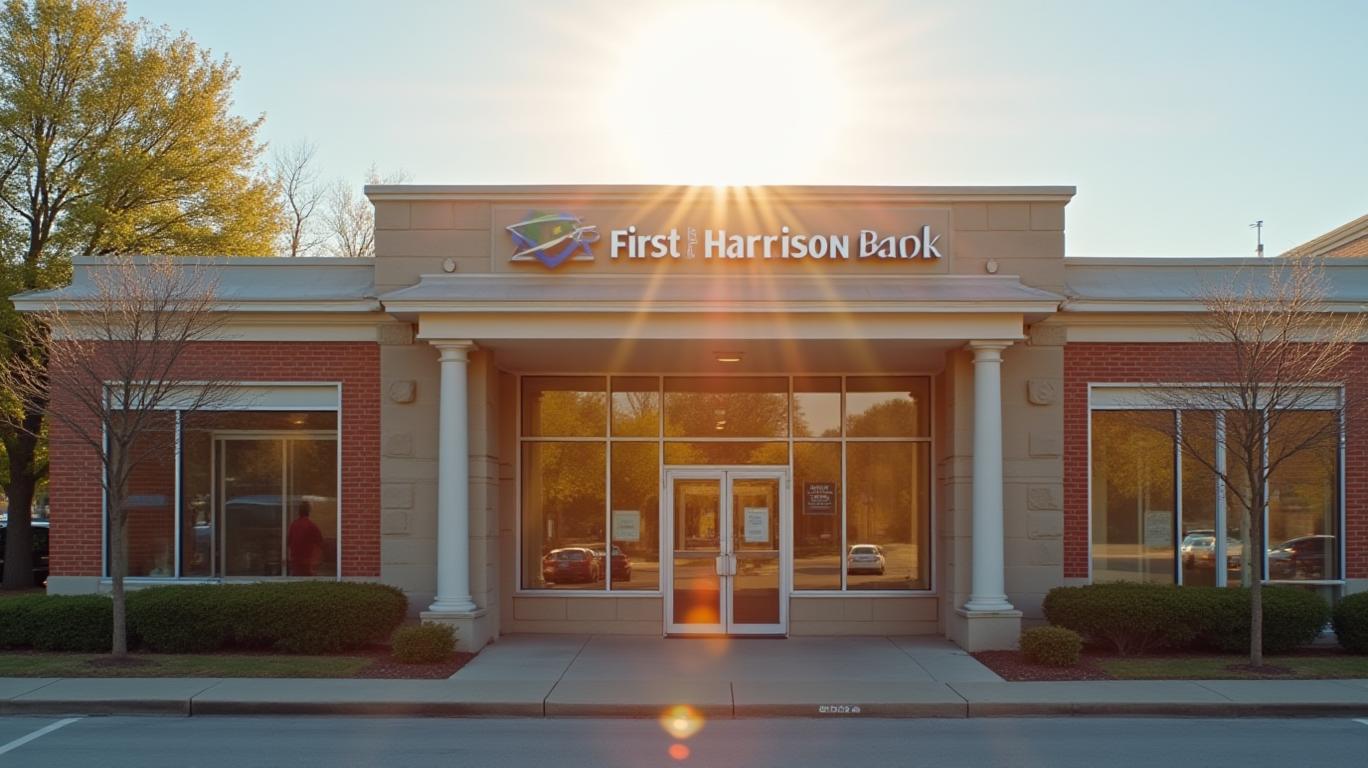First Capital's Q1 Earnings Show Resilience, But Challenges Linger
First Capital, Inc. (NASDAQ: FCAP) reported a solid quarter with Q1 2025 GAAP earnings of $0.97 per diluted share, up 10.2% from $0.88 in the same period last year. Revenue of $11.43 million, while lower than the $14 million recorded in Q1 2024, aligns with seasonal trends and reflects the company’s focus on disciplined growth. Yet, this snapshot of short-term performance masks deeper questions about First Capital’s ability to sustain momentum amid a shifting financial landscape.

The EPS Story: Steady Growth, But Fragile Annual Trends
First Capital’s quarterly earnings have steadily climbed since 2021. The $0.97 EPS in Q1 2025 marks a clear continuation of this trend, driven by improved net interest margins and reduced nonperforming assets. Over the past five years, annual EPS has averaged 4.7% growth, peaking at $3.82 in 2023 before slipping to $3.57 in 2024. This dip, however, was driven by weaker performance in the first and third quarters of 2024, which saw EPS decline compared to 2023.
The 2024 annual EPS drop of 6.6% highlights a key risk: First Capital’s ability to maintain growth in an environment where peer banks are expanding at faster rates. For instance, ServisFirst Bancshares (SFBS) and TFS Financial (TFSL) have seen annual revenue growth of 15% and 20%, respectively, over the same period. First Capital’s smaller scale—its $136 million market cap trails far behind SFBS’s $3.8 billion—could limit its capacity to compete in a consolidating industry.
Revenue: A Steady Climb, But Not Without Hurdles
Annual revenue has grown from $39 million in 2021 to $58 million in 2024, a 48% increase over four years. Quarterly data shows a consistent pattern, with Q4 revenue often peaking at $15 million in 2024. However, the $11.43 million Q1 2025 revenue figure, if accurate, suggests a potential slowdown compared to previous years. This could reflect seasonal factors or headwinds in loan demand.
The company’s revenue growth has been fueled by traditional banking services, including loans and deposits. Total assets hit $1.21 billion by March 2025, up from $1.19 billion at year-end 2024—a modest expansion that underscores the need for more aggressive balance sheet management.
Financial Health: Margin Pressure and Structural Concerns
First Capital’s net interest margin improved to 3.34% in 2025 from 3.14% in 2024, a positive sign. Yet, net margins have compressed to 28.4% in 2024 from 31.1% in 2023, signaling rising costs or declining profitability in certain lines of business. Additionally, the company’s low cash-to-debt ratio and equity-to-asset metrics raise concerns about liquidity and capital strength.
The Elephant in the Room: Subsidiary Performance and Data Gaps
The provided data highlights a puzzling detail: a subsidiary, First Capital Priority Shares (COFPRJ), reported Q1 2025 revenue of $10 billion—a figure dwarfing First Capital’s own $58 million annual revenue. While this likely reflects a different entity under the First Capital umbrella, it introduces uncertainty about how these operations are integrated into FCAP’s financials. Investors should demand clarity on whether this subsidiary’s performance is boosting parent company results or creating risks.
Conclusion: A Cautionary Optimism
First Capital’s Q1 results are encouraging, with EPS growth and manageable asset quality improvements. The company’s focus on net interest margin expansion and loan growth positions it to capitalize on a stable economy. However, the broader picture reveals vulnerabilities: stagnant revenue growth, margin pressures, and a market cap that lags far behind peers.
The 2024 EPS decline and the $10 billion subsidiary revenue anomaly underscore the need for more transparency and strategic clarity. If First Capital can sustain quarterly EPS momentum while addressing structural challenges—such as scaling revenue and improving margins—it could outperform its recent underperformance. But until then, investors should proceed with caution, mindful that this regional player faces an uphill battle in a fast-evolving banking sector.
Final Take:
First Capital’s Q1 results are a positive sign, but its long-term prospects hinge on execution. With a 4.7% average annual EPS growth rate and a 48% revenue increase since 2021, the company has shown resilience. Yet, without addressing its size disadvantage and margin pressures, it risks falling further behind industry leaders. Monitor Q2 results closely for clues on whether this quarter’s gains are the start of a turnaround—or a fleeting blip.










